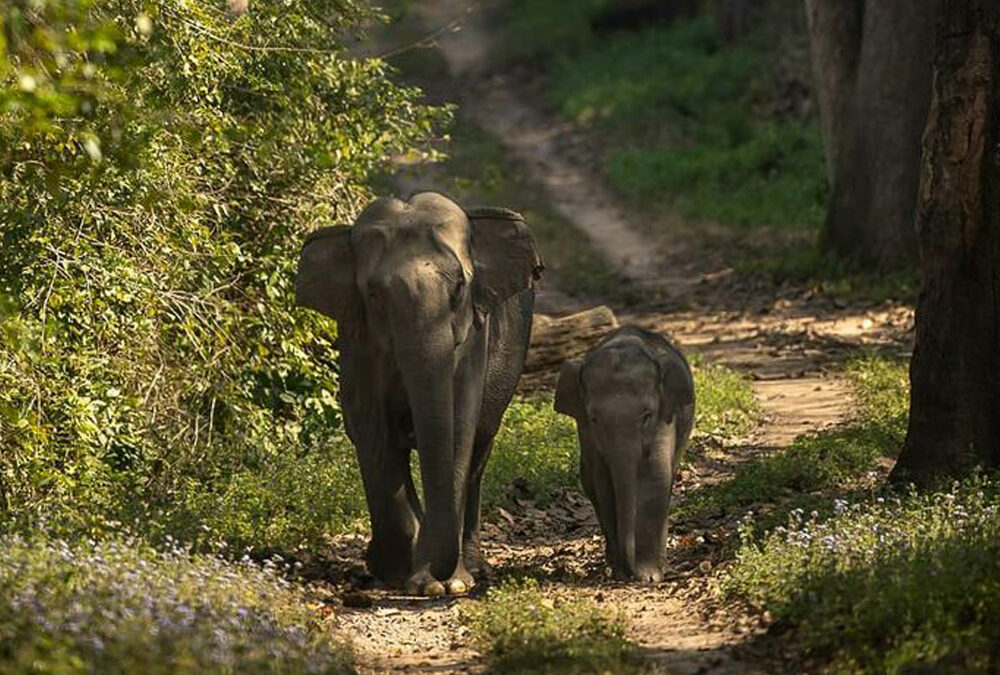Wayanad Wildlife Sanctuary: A Biodiversity Haven
Located in the picturesque district of Wayanad, the Wayanad Wildlife Sanctuary is a treasure trove of natural beauty and biodiversity. Established in 1973, it is the second-largest wildlife sanctuary in Kerala and forms a part of the Nilgiri Biosphere Reserve, connecting to the protected forests of Karnataka and Tamil Nadu. This sanctuary is a paradise for wildlife enthusiasts, bird watchers, and nature lovers seeking a tranquil escape into the wild.
Highlights of Wayanad Wildlife Sanctuary
1. Rich Biodiversity
- Home to a variety of animals, including elephants, tigers, leopards, gaurs, spotted deer, and wild boars.
- A haven for birdwatchers, featuring species like peacocks, hornbills, woodpeckers, and several migratory birds.
2. Muthanga and Tholpetty Ranges
- The sanctuary is divided into Muthanga and Tholpetty ranges, each offering unique experiences.
- Muthanga: Known for its rich population of elephants and eco-tourism activities.
- Tholpetty: Offers exciting jeep safaris with opportunities to spot tigers and other wildlife.
3. Jeep Safaris
- Organized safaris provide a thrilling experience of exploring the dense forests and spotting wildlife in their natural habitat.
- Safaris are typically conducted early in the morning and late in the evening for the best chances of sightings.
4. Lush Greenery and Scenic Landscapes
- The sanctuary features moist deciduous forests, evergreens, and bamboo groves, offering stunning views and a refreshing ambiance.
- The natural beauty is complemented by streams, rivers, and mist-covered hills.
5. Part of the Nilgiri Biosphere Reserve
- The sanctuary is part of the Nilgiri Biosphere Reserve, a UNESCO World Heritage Site.
- It serves as a vital corridor for wildlife migration between Karnataka’s Bandipur National Park and Tamil Nadu’s Mudumalai Wildlife Sanctuary.
6. Tribal Heritage
- The sanctuary is surrounded by tribal settlements, offering insights into the indigenous cultures and traditions of Wayanad.
7. Eco-Tourism Activities
- Visitors can engage in eco-tourism initiatives like trekking, birdwatching, and guided nature walks to explore the sanctuary responsibly.
Tips for Visitors
- Best Time to Visit: November to May, when the weather is pleasant and wildlife sightings are frequent.
- Entry Timings: Morning safaris usually start around 7:00 AM, and evening safaris begin around 3:00 PM.
- Permits: Entry to the sanctuary requires permits, which can be arranged at the entrance.
- Dress Code: Wear earthy-colored clothing to blend with the environment and avoid startling the animals.
- Respect Nature: Maintain silence, avoid littering, and follow the guidelines provided by the sanctuary authorities.
The Wayanad Wildlife Sanctuary offers an unforgettable journey into the heart of nature, where visitors can witness the magnificence of Kerala’s wildlife and serene landscapes. It’s a must-visit destination for those looking to connect with nature and experience the untamed beauty of the Western Ghats.

